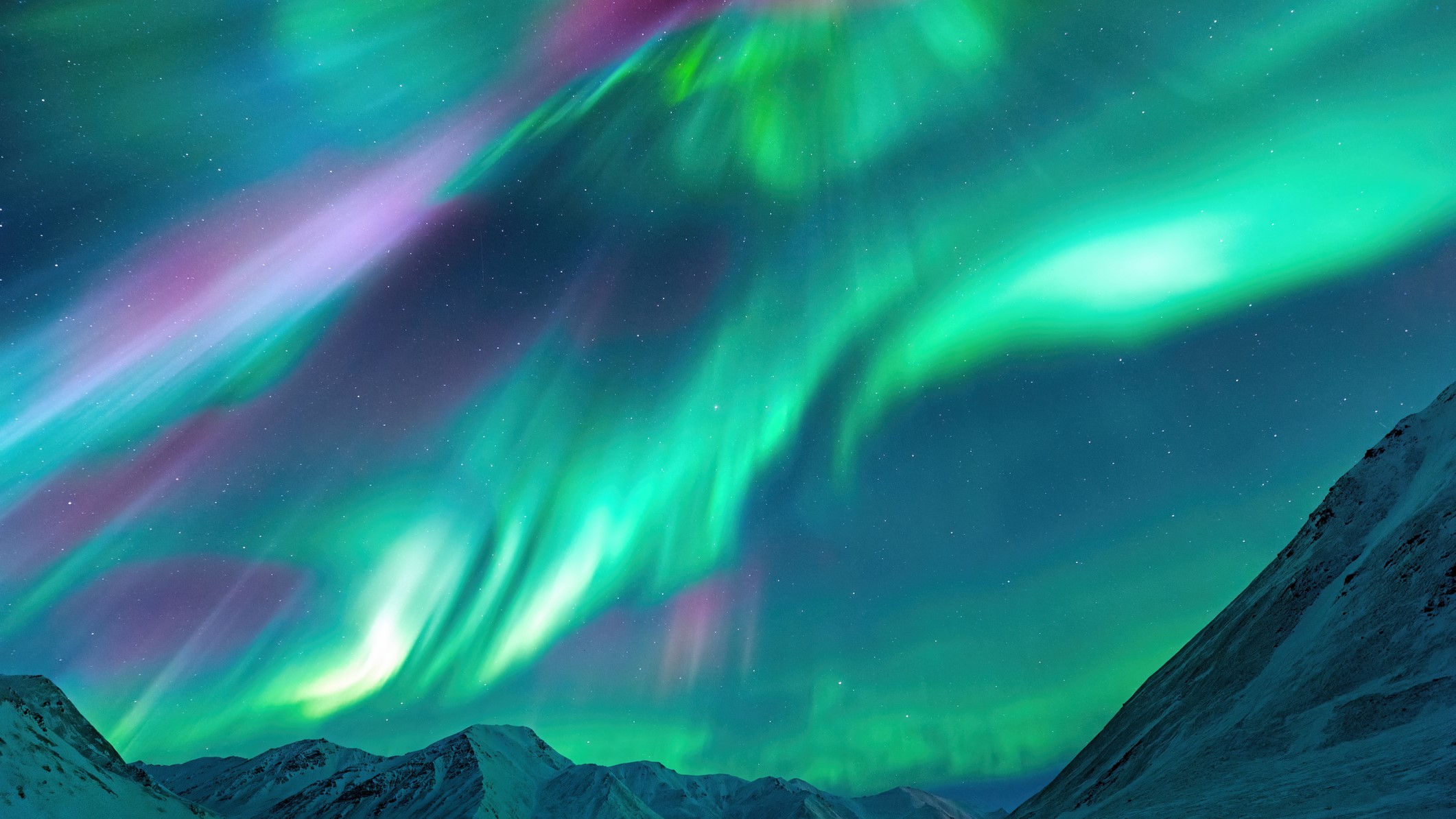
As the nights grow longer and the air turns crisp, summer in the northern hemisphere may be coming to a close as a mesmerizing natural phenomenon begins to take center stage in the northern skies.
The aurora season is upon us, offering a dazzling display of lights that captivate observers around the world.
Here we explore what to expect from the northern lights this season, providing insights into aurora origins, best viewing practices, and expert predictions.
Related: Aurora myths, legends and misconceptions
Auroras, commonly known as the northern lights and the southern lights (aurora borealis and aurora australis, respectively), are natural light displays predominantly seen in high-latitude regions around the Arctic and Antarctic.
They are caused by the interaction between solar wind — streams of charged particles ejected from the sun — and Earth's magnetic field. When these particles collide with gases in the Earth's atmosphere, they create the vibrant colors of the auroras, ranging from green and pink to red and purple.
What to expect this season
This year's aurora season promises to be particularly exciting due to the heightened solar activity associated with the current solar cycle. As auroras are triggered by energetic particles from the sun, their occurrence, simply put, is dependent on solar activity. The more active the sun, the higher the chance of vibrant aurora shows — which is exactly what we can expect over the next few years.
"Looking at the sunspot number, which correlates directly with the likelihood of stronger aurora displays, predictions from both 2019 and 2023 for the intensity of the coming maximum are already being exceeded," astronomer, author and chief aurora chaser at Hurtigruten, Tom Kerss told Space.com in an email.
This is very good news for aurora chasers.
"More than a decade has passed since the last solar maximum arrived in April 2014, and we are either in or soon to be in the busiest period of the current solar cycle," Kerss explained. "We're already living through a historic year after the astonishing storm back in May. I'm very excited about this coming autumn and winter, and the following season in 2025-2026."
One of the most commonly asked questions for those wanting to see auroras is "when is the best time to see them?" I asked Kerss what he thought and whether there is a particular month that is favored above all others.
"September, October and March are relatively warm months to travel if you don't like getting too cold, but November through to February offer the darkest nights." Kerss explained "I was recently looking over my own logbook and noticed that February seems to be my luckiest month, so I'm particularly enthusiastic about February 2025, but that's less scientific and more experiential. I think any opportunity you can take between September and March, particularly around the new moon period, will be worthwhile, and your perseverance will be rewarded."
For those unable to travel north remember there is an opportunity to see northern lights displays deep into mid-latitudes during strong geomagnetic storms, like the one experienced in May 2024.
Kerss recommends keeping your eye on aurora alerts.
"During this part of the solar cycle, there's a much-increased probability of geomagnetic storms, which can bring visible auroras to northern parts of the United States and Europe, including the U.K., where they might otherwise be rare to witness," Kerss said. "I will say, there's nothing quite like standing under dazzling bright and colourful displays in the Arctic."
Aurora hunting: Where to go
Aurora season typically spans from late August to early April. This period is optimal for viewing because of the longer nights and clearer skies found in the high-latitude regions. Prime locations for spotting the Northern Lights include Norway, Iceland, Canada and Alaska, where minimal light pollution and expansive dark skies provide the perfect backdrop to an aurora dance.
We've rounded up some of the best spots here in our where and when to see the northern lights guide.
With so many incredible destinations to choose from, you're spoiled for choice. I recommend choosing a destination that you're eager to visit regardless of the northern lights. I've met people on aurora trips who put so much pressure on seeing auroras that they almost forget to explore what else the area has to offer.
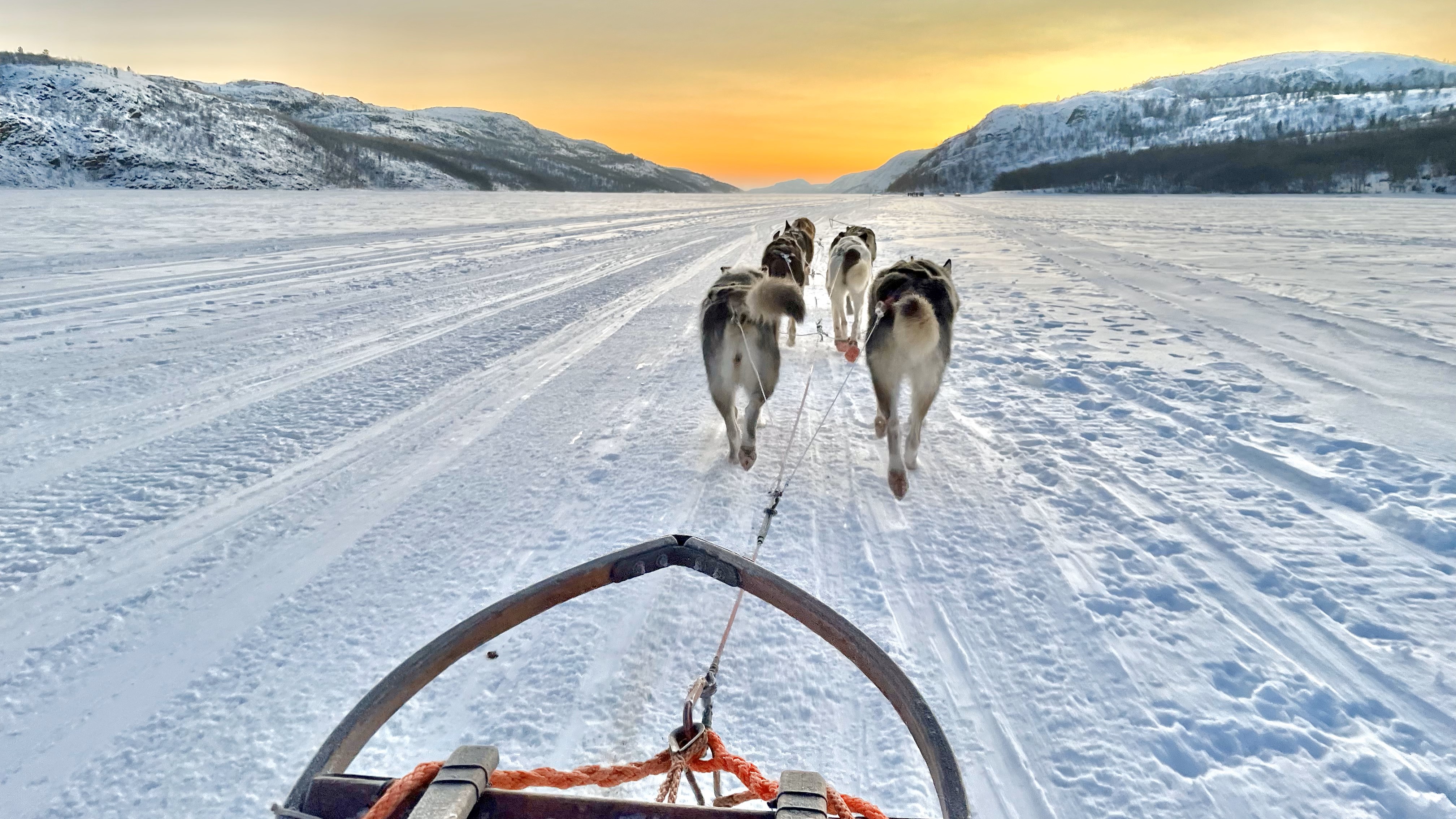
Last season I had the pleasure of setting sail with Hurtigruten's Astronomy Voyage along with our trip's astronomer Tom Kerss our guide Eva Stiegler and about 30 aurora chasers from around the world. The voyage was filled with so many incredible excursions and activities along the beautiful Norweigan coastline that it would have been the trip of a lifetime regardless of whether I saw auroras or not. It was a magical experience filled with adventure, laughter and great food which was fortunately also topped off with seven nights of aurora sightings!
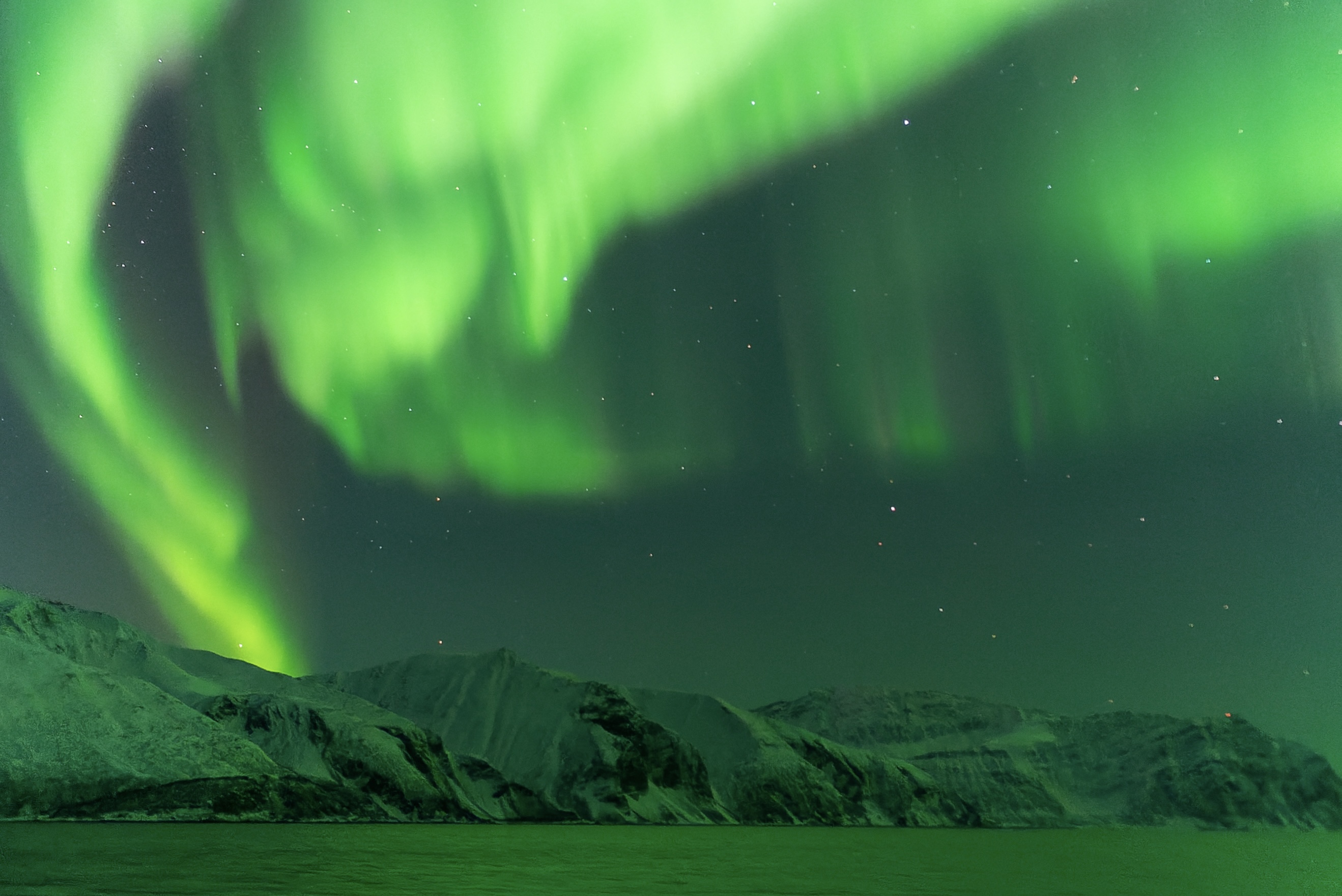
I have also ventured to Sweden to enjoy the beautiful Abisko National Park, nestled 121 miles (195 kilometers) within the Arctic Circle. Abisko is a stunning location and home to the infamous "blue hole" which you can read more about in my travel experience article. There is a whole wealth of activities to participate in during a stay in Abisko from snowshoe hikes to cross-country skiing and dog sledding. The northern lights were of course a nice added bonus.
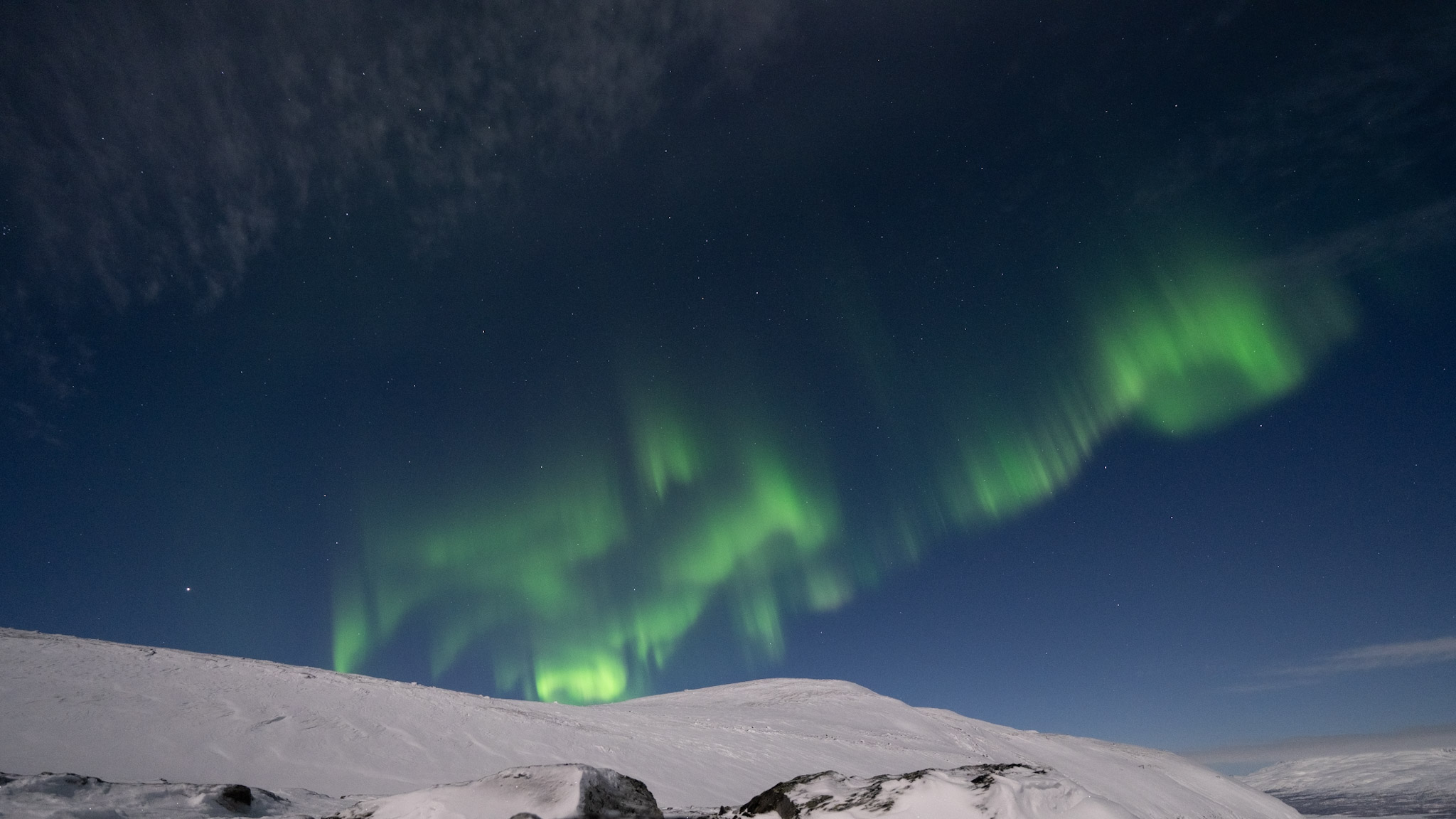
How to prepare for aurora viewing
To maximize your aurora viewing experience, it's essential to be well-prepared.
As the Norwegians like to say "There's no such thing as bad weather only bad clothes," so preparation is key! Aurora hunting often involved standing outside in cold conditions for extended periods. So pile on those layers and consider using hand and foot warmers if you are prone to feeling the cold.
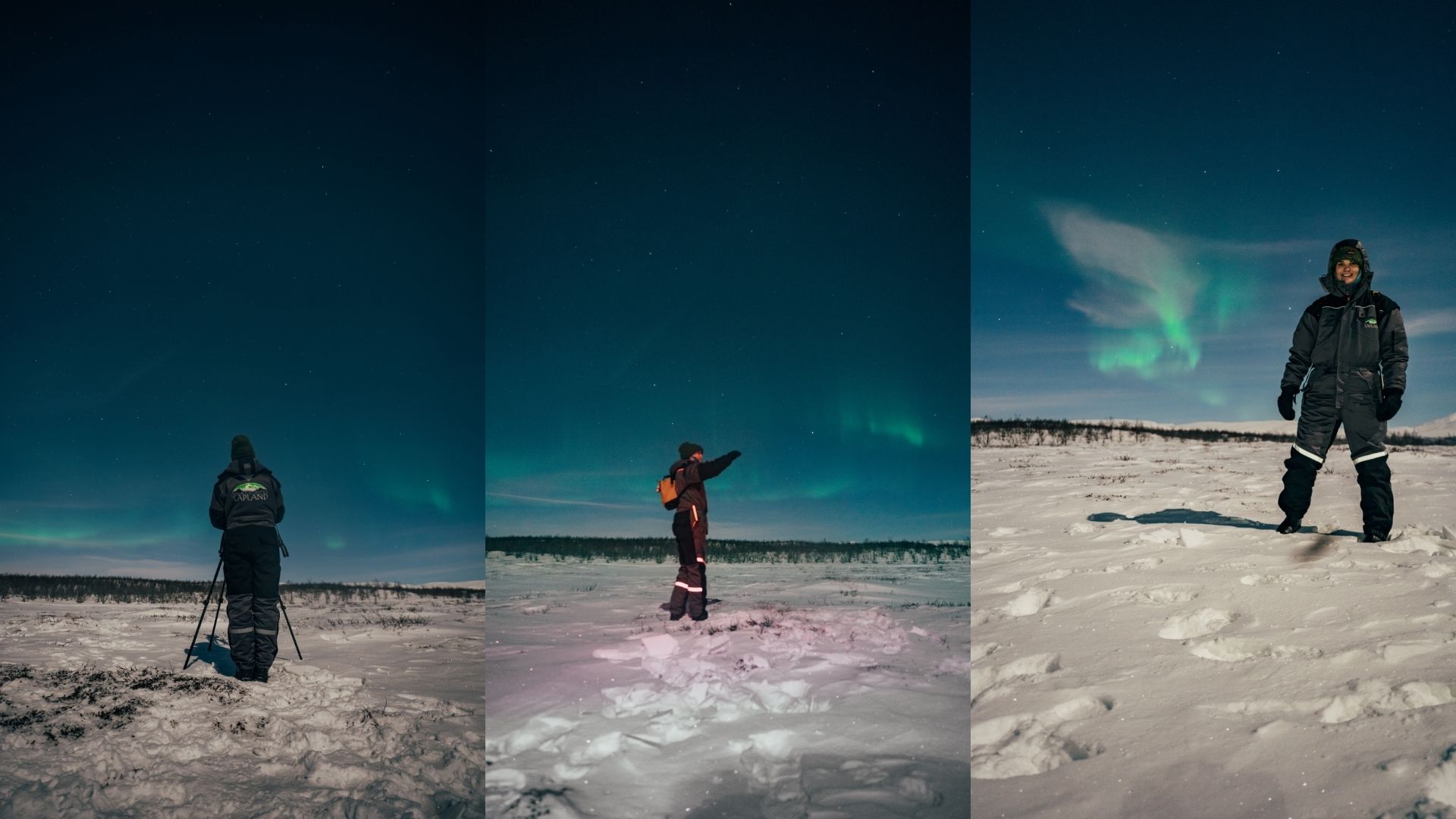
Remember the northern lights are fickle creatures, they can erupt at a moment's notice and then fizzle away to nothing within the blink of an eye. So I always recommend preparing to stand outside for hours with the hope of catching a glimpse. I've known too many people venture inside to warm up only to then miss the display because they couldn't get back outside quick enough!
For photography enthusiasts, capturing the auroras can be incredibly rewarding. Use a sturdy tripod, a camera with manual settings, and a wide-angle lens. Set a high ISO and a long exposure time to capture the light. Our guides on how to photograph the northern lights and the best cameras for astrophotography may help.
Top tips for seeing the northern lights
I asked aurora chaser and tour director of The Northern Lights Company, Chris Percival, for his top five tips for a successful northern lights chase.
1. Location, Location, Location
Percival: The recent aurora displays which were witnessed much further out towards the equator got a lot of people very excited and expectant of more of the same but these events really were a 'couple of times in a lifetime' experience.
For the best opportunity to see the aurora, you need to get yourself under what is known as the Auroral Oval. Anywhere outside of this area will significantly reduce your chances. Your best options for getting under the Auroral Oval are in the Northern Hemisphere, in Norway, Sweden, Finland, Iceland, Greenland, Canada and Alaska. Within these regions you need to find a dark location with as little light pollution as possible (not just street lights in the distance but also be aware of regular flight paths, nearby roads, etc.).
An added bonus would be a reasonably unobstructed view of the horizon, particularly to the north. Sometimes the aurora might only be visible low on the horizon so you wouldn't want to miss out if you have a mountain range between you and a good display! Also, try and familiarise yourself with the local area, driving routes, landscapes and services (even the most dedicated aurora chasers need to use a bathroom now and then!)
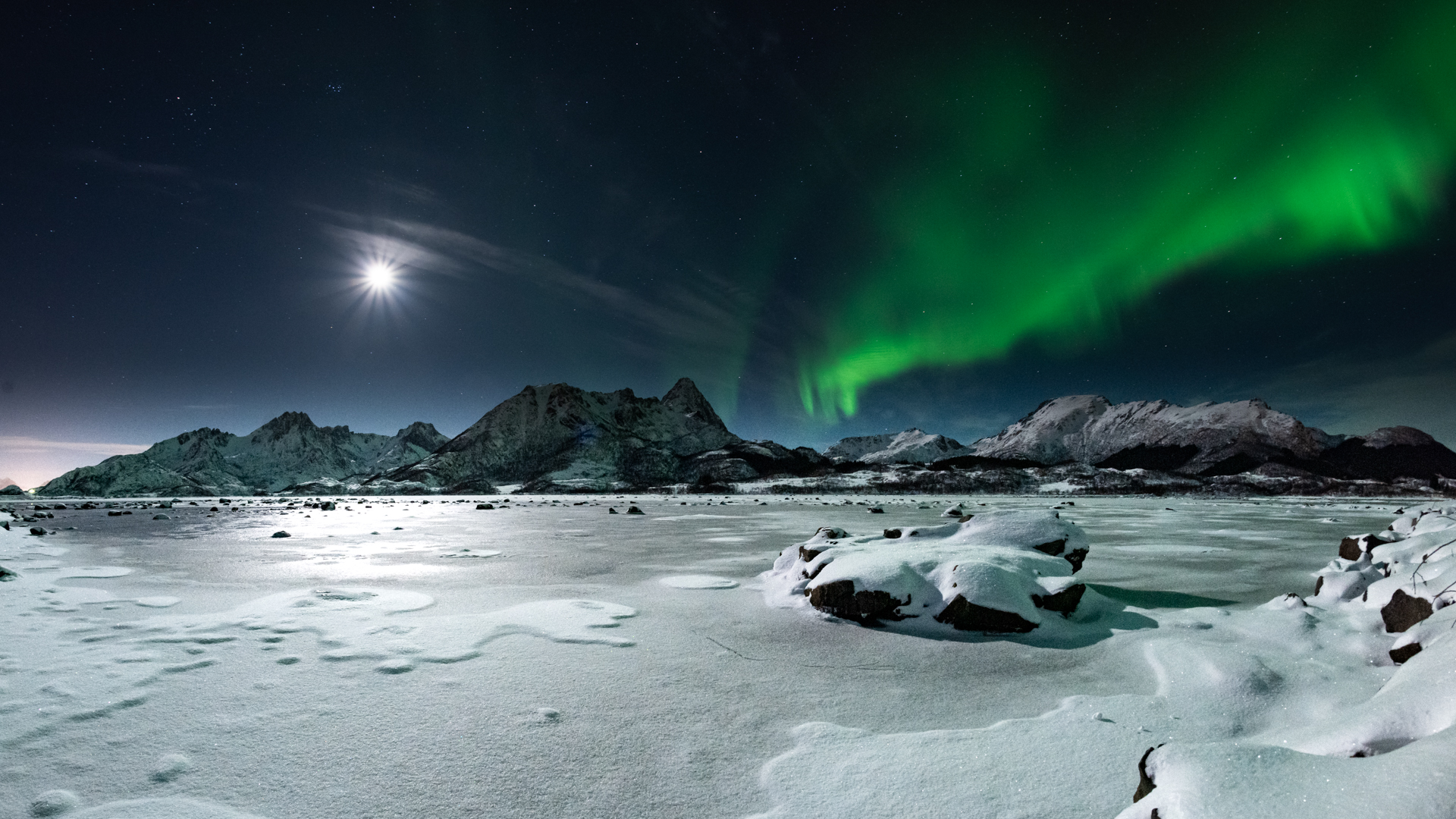
2. Follow the weather forecasts
Percival: Pay close attention to local weather forecasts. Being in a location for a reasonable amount of time will also allow you to discover which weather forecast models tend to be the most accurate. I still work with multiple weather forecast models which is quite time-consuming but sometimes the different forecasts can be quite varied so collating multiple forecasts can help you make an educated decision on which locations to select.
Unless the local weather forecasts show heavy cloud cover across a vast radius I always say 'Go for it!'. If you are determined to see the aurora and you have limited nights available to do so, why on earth would you stay home if there is even a small chance of seeing something?
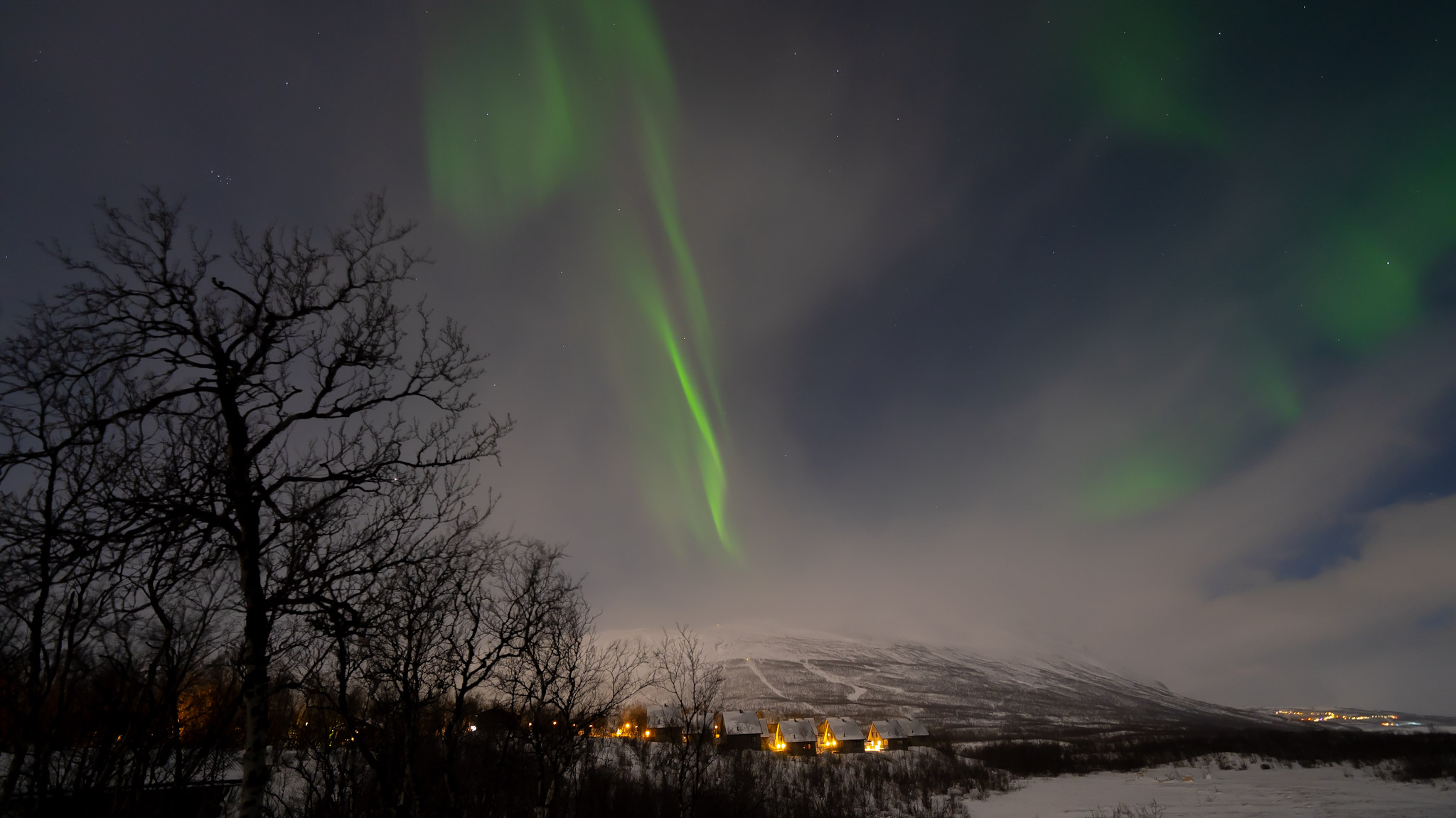
3. Follow the space weather forecasts and live data
Percival: Space weather forecasts, watch the data with a pinch of salt, don't trust apps with alert systems and don't assume KP0-1 will not be worth it. I have witnessed countless spectacular displays on nights when all of the aurora forecasting apps and social media posts are telling people to stay home and get an early night! As I said above, if the weather isn't diabolical then I would always recommend giving it a go.
4. Be patient and prepared
Percival: There is no magic hour, day or month that the aurora appears. I get countless questions asking when the best time is to see it and my answer is always the same: as long as it is dark and you have clear enough sky to see some stars then there is always a chance of seeing it. I have seen the aurora as early as 3 p.m. in the darkest days of winter and I have seen it dancing in the skies right up until the sun begins to rise.
Whatever time of the evening you choose to go out I would always recommend you have a bag ready to go with all the gear that you think you might need. Have a thermos on standby ready to fill, batteries charged for cameras and head torches, clothing ready to jump into and fuel in the car! If only there was a Batcave equivalent for aurora chasers!
5. Stay flexible and mobile
Percival: Don't restrict yourself to one location or put yourself in a position where you cannot control where you go. Many people choose to travel to the north on a boat but this really restricts you from being able to move to different locations quickly (especially if you are not the pilot and the boat is on a schedule). The best way to stay mobile is to have a vehicle and good knowledge of the roads (or at least a good, reliable satnav).
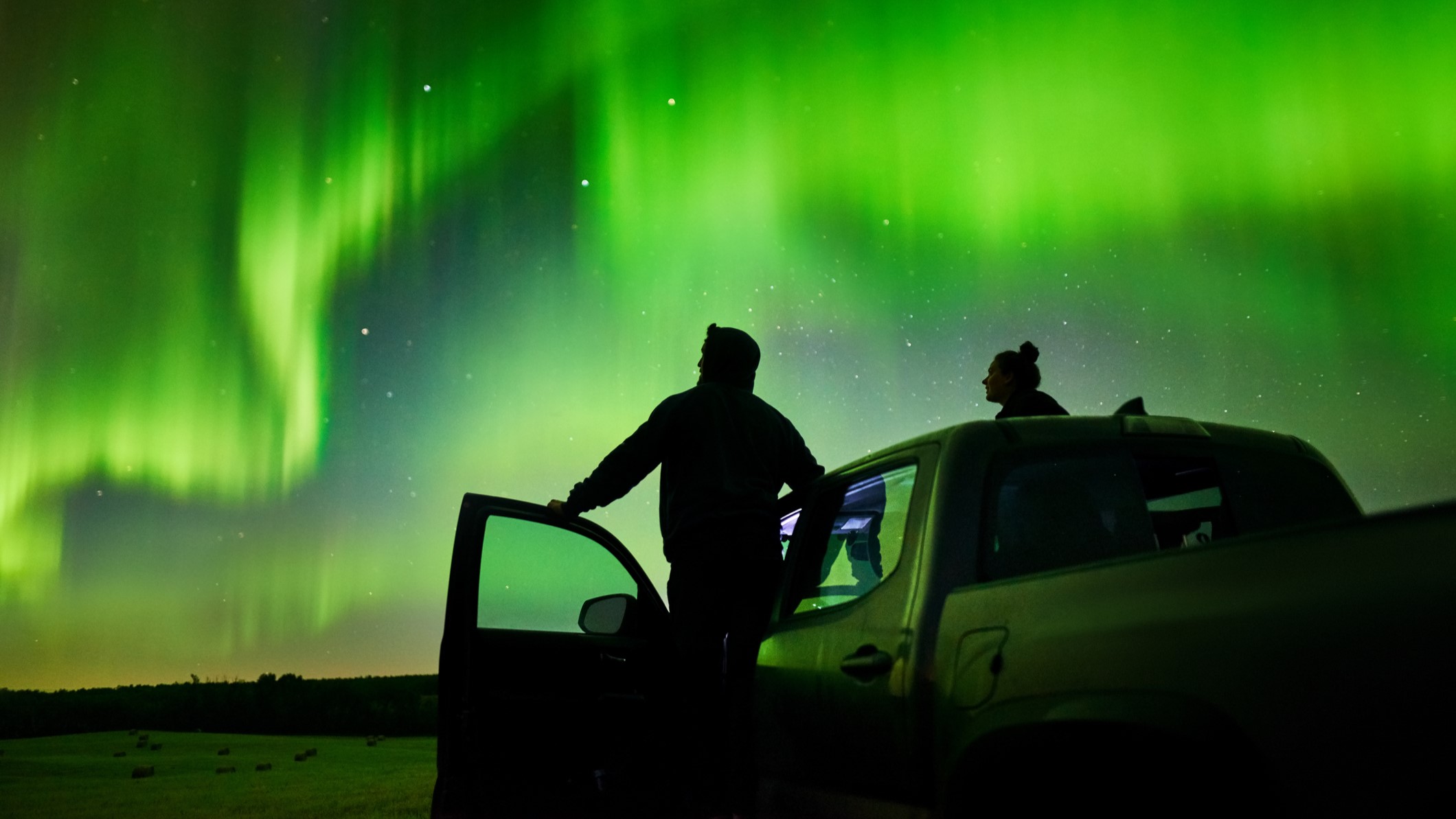
Final thoughts
As we enter this exciting aurora season, the chances of witnessing one of nature's most spectacular light shows are high. With the right preparation and a bit of luck, you could find yourself under a sky awash with color, experiencing the awe and wonder that auroras inspire.
Whether you're a seasoned aurora chaser or planning your first viewing trip, this season promises to be one to remember.







